Search
Remove Ads
Advertisement
Search Results
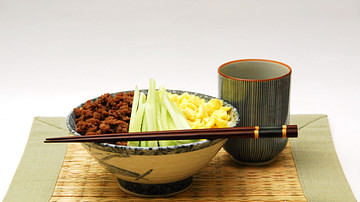
Article
Food & Agriculture in Ancient Japan
The diet of ancient Japan was heavily influenced by its geography as an archipelago, foodstuffs and eating habits imported from mainland Asia, religious beliefs, and an appreciation for the aesthetic appearance of dishes, not just the taste...
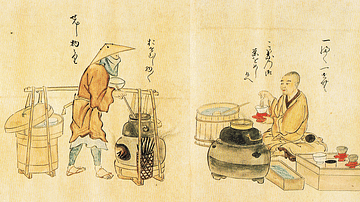
Image
17th-century Japanese Tea Vendors
A print showing Japanese tea vendors. Edo Period, c. 1846, print from a 1632 original. Copied by Kanō Osanobu and Kanō Masanobu. (From Poetry Competition of Artisans, vol.2)

Article
Ancient Korean & Japanese Relations
Ancient East Asia was dominated by the three states known today as China, Japan, and Korea. These kingdoms traded raw materials and high-quality manufactured goods, exchanged cultural ideas and practices, and fought each other in equal measure...
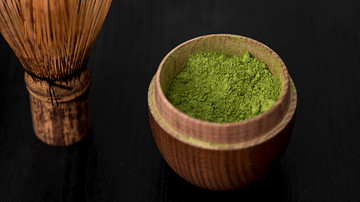
Image
Japanese Matcha Green Tea
Matcha, the powdered green tea used in the traditional Japanese tea ceremony.

Article
Christianity in Japan
Christianity arrived in Japan in 1549 when Jesuits first set foot in Kagoshima. Initial attempts to spread the religion were met with confusion; however, through employing various methods, they began to see success. However, by 1650, Christianity...
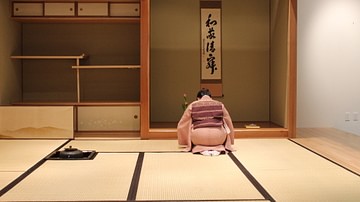
Image
Japanese Tea Room
A traditional Japanese tea room with tatami matting, caligraphy hanging scroll and a single vase of flowers. The hearth is set into the floor on the left.
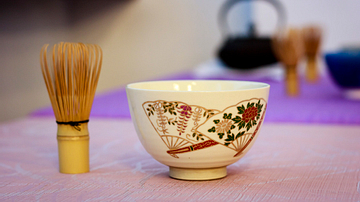
Image
Japanese Whisk & Tea Bowl
A traditional bamboo whisk (chasen) and bowl (chawan) used in the Japanese tea ceremony.
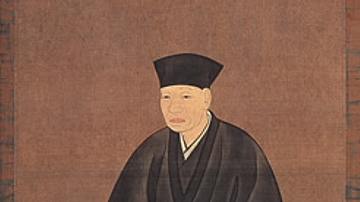
Image
Tea Master Sen no Rikyu
A portrait by Hasegawa Tôhaku of the celebrated tea master Sen no Rikyu (1522-1591 CE) who is credited with creating the established procedures for the Japanese tea ceremony.

Article
Trade Goods of the East India Company
The English East India Company (EIC) was founded in 1600, and it came to control both trade and territories in India, as well as a trade monopoly with China. Goods the EIC traded included spices, cotton cloth, tea, and opium, all in such...
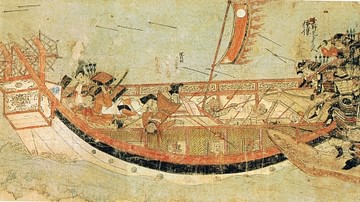
Article
The Mongol Invasions of Japan, 1274 & 1281 CE
The Mongol invasions of Japan took place in 1274 and 1281 CE when Kublai Khan (r. 1260-1294 CE) sent two huge fleets from Korea and China. In both cases, the Japanese, and especially the samurai warriors, vigorously defended their shores...